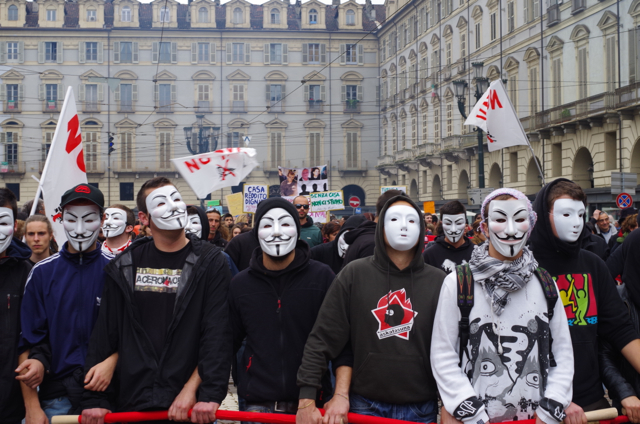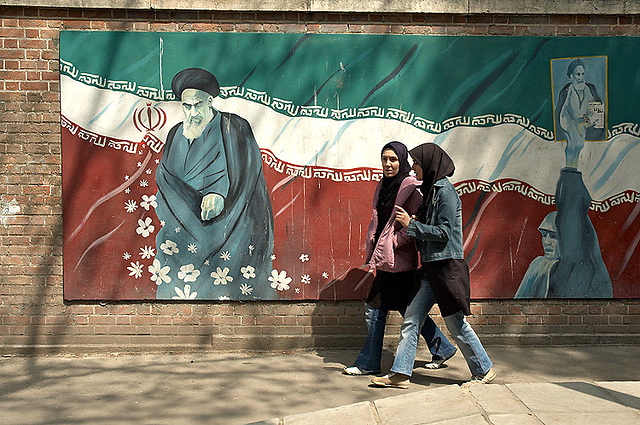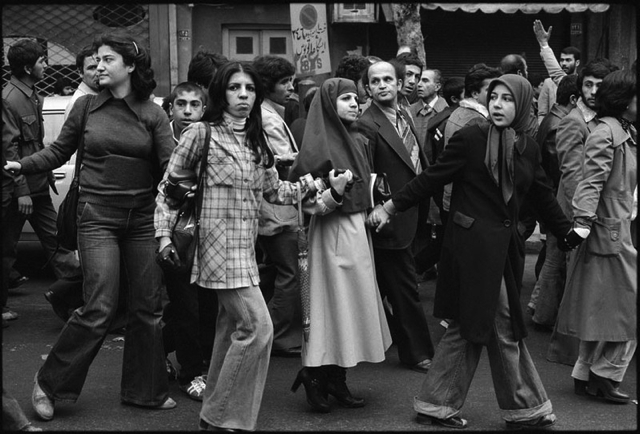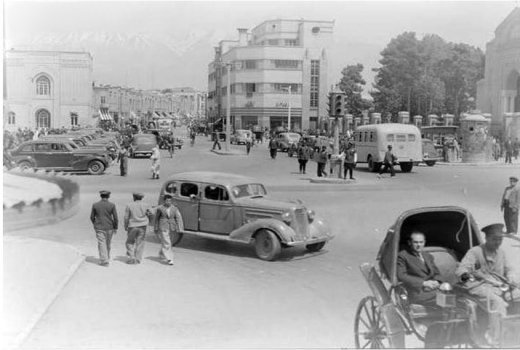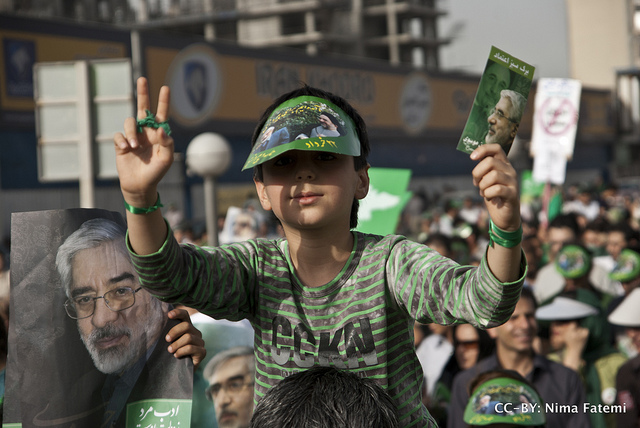The city wants to remember and forget. It’s a physical event, an idea, a product of conflict. It’s a context for daily life, for social and civilized modern life, where people participate in events and create collective memories. The city is a manifestation of the culture, identity, ideology, and symbols of its people, a place for their ‘presence’. The city is also a context for governments to establish and declare their agenda and order. (More…)
Author: Anahita RouzbehAnahita Rouzbeh graduated from Cornell University. Her areas of research are urban collective memories, events and public space with concentration on socio-political structure of the city. She is currently working as an architect and photographer in New York City.
Anahita Rouzbeh graduated from Cornell University. Her areas of research are urban collective memories, events and public space with concentration on socio-political structure of the city. She is currently working as an architect and photographer in New York City.
The Shah inspired a new kind of pluralism. Nationalism, secularism, Islam and communism all fed off the resentment fostered by the Pahlavi regime. “What became the Islamic Revolution occurred because a coalition of many shades of political opinions took to the streets, demanding a share in decision-making and a better distribution of wealth,” observed Asef Bayat. (More…)
Tehran’s modernization continued into the Second Pahlavi period. The redesigned city, with its new pattern of streets, prepared the urban setting for the first comprehensive master plan of the capitol. In 1966, the Iranian government asked the American firm Gruen Associates to draw up a comprehensive plan for the city, together with celebrated Iranian architect Abdolaziz Farmanfarmaian. (More…)
Tehran is synonymous with turmoil. Since the 19th century, the city has been subject to everything from bouts of nationalism, to monarchism and religious revivals. This history intersects with a growing population, of distinct cultural and geographic origins, that emigrated from other parts of the country, after forced modernization during the 1930s. (More…)
Thirty years into the Islamic Republic, Tehran was transformed by an explosion of youth, and a demand for higher education. Globalization hadn’t only affected the economic and political strategies of the government. It had affected the structure of Iranian society. New communication technologies arrived, and the country was opened to global culture, defining a new generation. (More…)
